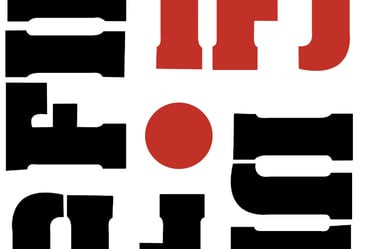Doping Scandal: Indian Athletes Caught in the Grip


In a shocking revelation, data compiled by the National Anti-Doping Agency (NADA) has exposed the alarming number of Indian athletes involved in doping-related activities. Between April 2022 and March 2023, a total of 142 Indian athletes were caught for violating anti-doping regulations.
Among the athletes implicated, a surprising statistic emerged from the cricketing world. Out of the 27 cricketers tested during this period, 13 of them sought Therapeutic Use Exemption (TUE). This exemption allows athletes to use substances or methods that are otherwise prohibited, but necessary for legitimate medical reasons.
Several prominent cricketers, including Suryakumar Yadav, Smriti Mandhana, Ravindra Jadeja, Harmanpreet Kaur, Hardik Pandya, Ishan Kishan, Rishab Pant, and Shreyas Iyer, are part of NADA's Registered Testing Pool (RTP). This pool consists of athletes who are subject to frequent and random drug testing.
The revelation of such a high number of Indian athletes involved in doping-related activities raises serious concerns about the integrity of sports in the country. Doping not only undermines fair competition but also poses significant health risks to the athletes themselves.
It is important to understand the reasons behind this surge in doping cases and take appropriate measures to address the issue. One possible explanation could be the intense pressure to perform at the highest level, leading some athletes to resort to banned substances in the pursuit of success.
Another factor that may contribute to the problem is the lack of awareness and education regarding anti-doping regulations. Athletes need to be well-informed about the consequences of doping and the available alternatives for managing their medical conditions.
Furthermore, the role of sports organizations, coaches, and support staff cannot be overlooked. It is their responsibility to create a culture of clean and fair competition, where doping is not tolerated and athletes are encouraged to excel through hard work and dedication.
NADA's efforts in catching and penalizing athletes involved in doping are commendable. However, more needs to be done to prevent such cases from occurring in the first place. This includes strengthening anti-doping education programs, implementing stricter testing protocols, and promoting a zero-tolerance policy towards doping.
Ultimately, the fight against doping requires a collective effort from all stakeholders involved in sports. It is crucial to uphold the values of fairness, integrity, and respect for the game, ensuring that athletes compete on a level playing field.
Only through a concerted and unwavering commitment to anti-doping measures can we protect the integrity of sports and safeguard the health and well-being of athletes.




